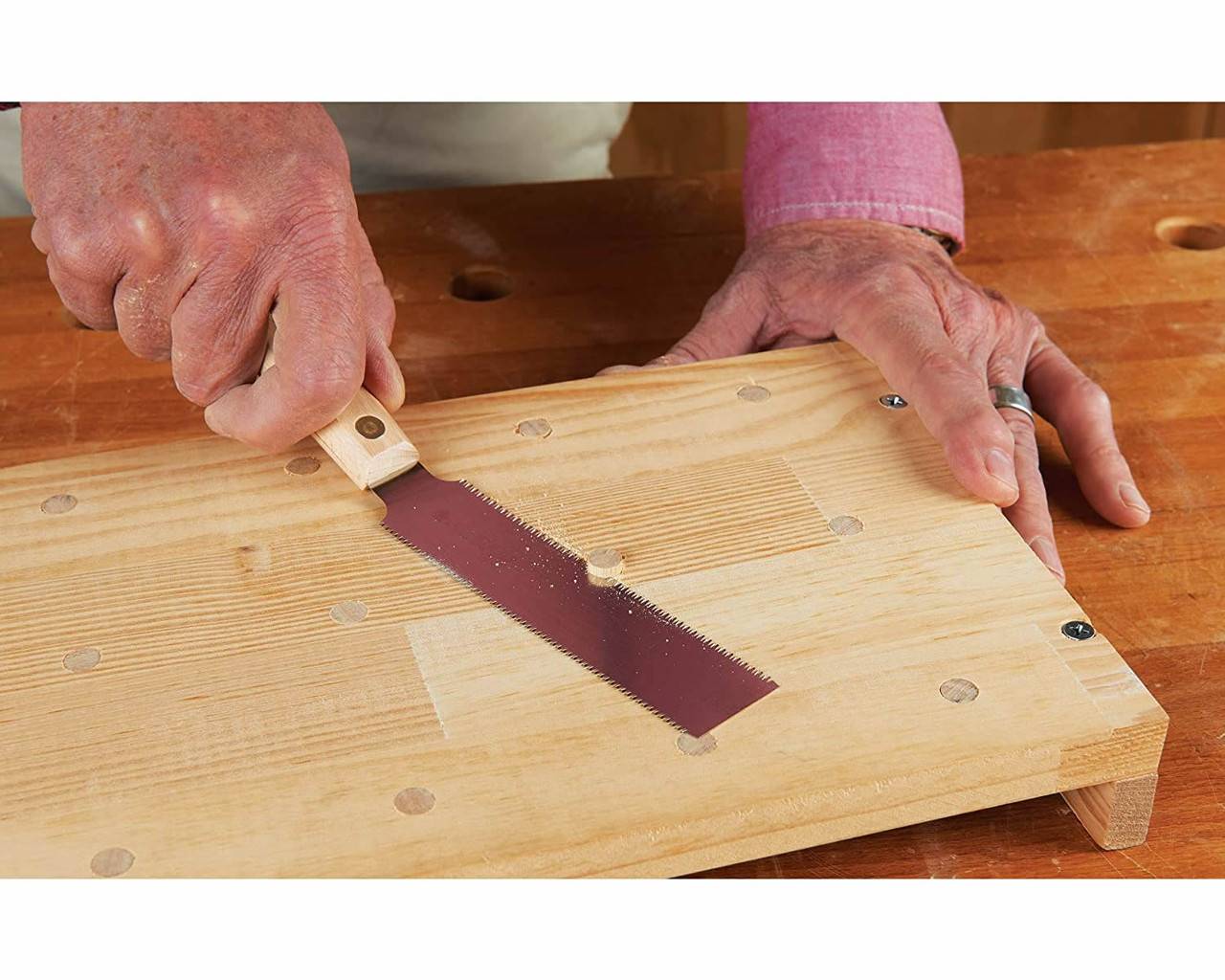As a woodworking enthusiast or professional, have you ever found yourself struggling to achieve a seamless and precise trim on your projects? Are you tired of using different tools for various trimming tasks, only to end up with disappointing results? It’s time to introduce the versatile flush cut saw to your toolkit. This highly efficient hand saw is designed to make your woodworking life a lot easier, especially when it comes to trimming tasks. In this article, we will dive deep into the world of flush cut saws, exploring their unique features, uses, and benefits. We will also share some essential maintenance and safety tips to ensure you get the most out of your new tool.
#1. What is a Flush Cut Saw?
A flush cut saw is a specialized hand saw designed for making precise cuts flush against a surface. It is often used in woodworking for trimming dowels, tenons, and other protruding materials, leaving a smooth and seamless finish. The flush cut saw is an invaluable addition to any woodworker’s toolkit, as it offers unmatched versatility and precision when it comes to trimming tasks.
#2. The Anatomy of a Flush Cut Saw
A flush cut saw typically features a thin, flexible blade with fine teeth that allow for accurate and clean cuts. One of the defining characteristics of this saw is its lack of a set, which means the teeth are not angled outwards from the blade. This design element allows the saw to cut flush against a surface without causing damage or leaving marks. The handle of a flush cut saw is usually ergonomic and comfortable, ensuring a secure grip and ease of use during long sawing sessions.
#3. The Benefits of Using a Flush Cut Saw
- Versatility: The flush cut saw is a versatile tool that can be used for a variety of woodworking tasks, including trimming dowels, tenons, and other protruding materials, as well as cutting dados, grooves, and other joinery.
- Precision: The fine teeth and lack of set on a flush cut saw allow for precise, accurate cuts that leave a clean, seamless finish.
- Control: The thin, flexible blade of a flush cut saw provides greater control during the cutting process, ensuring your cuts are exactly where you want them to be.
- Efficiency: With a flush cut saw in your toolkit, you can save time and effort by eliminating the need for multiple tools and techniques when trimming and cutting.
#4. How to Choose the Right Flush Cut Saw
When selecting a flush cut saw, consider the following factors:
- Blade Length: Choose a blade length that best suits your needs. A longer blade can make larger cuts, while a shorter blade allows for more control and precision.
- Tooth Count: The number of teeth per inch (TPI) on a flush cut saw determines the smoothness of the cut. A higher TPI will yield a smoother cut, while a lower TPI will cut more quickly but may leave a rougher finish.
- Handle: Look for a comfortable, ergonomic handle that provides a secure grip and reduces hand fatigue during prolonged use.
- Flexibility: A flexible blade is more forgiving and allows for better control during the cutting process.
- Price: Consider your budget when selecting a flush cut saw. While higher-end models may offer additional features and improved performance, a more affordable option may still provide the precision and versatility you need.
#5. Sawing Techniques for Seamless Trimming
To achieve seamless trimming with a flush cut saw, follow these sawing techniques:
- Start With a Shallow Cut: Begin by making a shallow cut to create a groove that will guide the saw throughout the rest of the cut.
- Use A Steady, Even Stroke: Maintain a consistent speed and pressure when sawing to ensure a smooth, clean cut.
- Keep The Blade Flush Against the Surface: To avoid damaging the surrounding material, ensure the blade remains flush against the surface as you cut.
- Use A Support: When cutting long or flexible materials, use a support to prevent the material from bending or moving during the cutting process.
#6. Tool Maintenance and Safety Tips
To keep your flush cut saw in top working condition and ensure safe use, follow these maintenance and safety tips:
- Keep The Blade Clean and Sharp: Regularly clean your saw blade and sharpen the teeth as needed to maintain optimal cutting performance.
- Store Your Saw Properly: When not in use, store your flush cut saw in a dry, cool location, away from moisture and direct sunlight.
- Wear Appropriate Safety Gear: Use safety goggles and gloves when working with a flush cut saw to protect your eyes and hands.
- Use The Right Technique: Always use the proper sawing technique to avoid injury and ensure clean, accurate cuts.
Conclusion
The versatile flush cut saw is a must-have tool for any woodworking enthusiast or professional. With its unique design and precision cutting capabilities, this hand saw makes seamless trimming tasks a breeze. By choosing the right saw for your needs, mastering the sawing techniques, and following proper maintenance and safety tips, you can elevate your woodworking skills and create flawless projects every time. Don’t let trimming tasks hold you back – invest in a flush cut saw and experience the difference for yourself.
